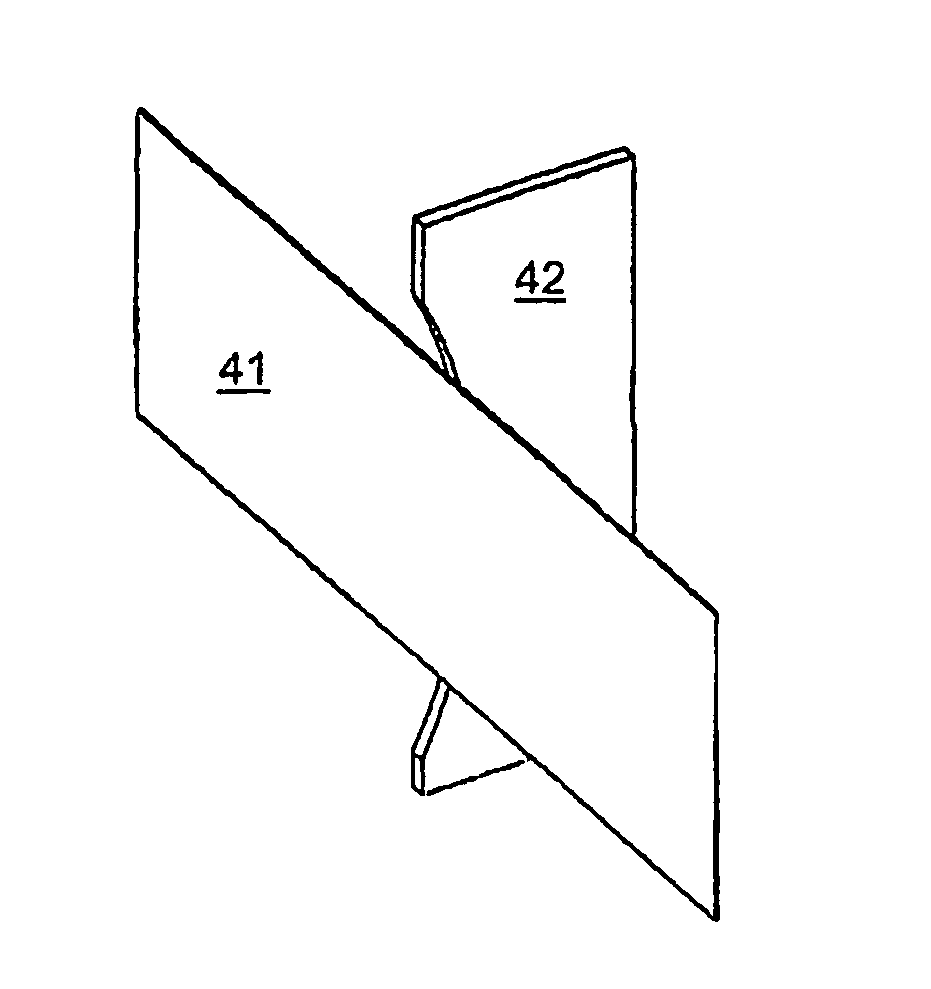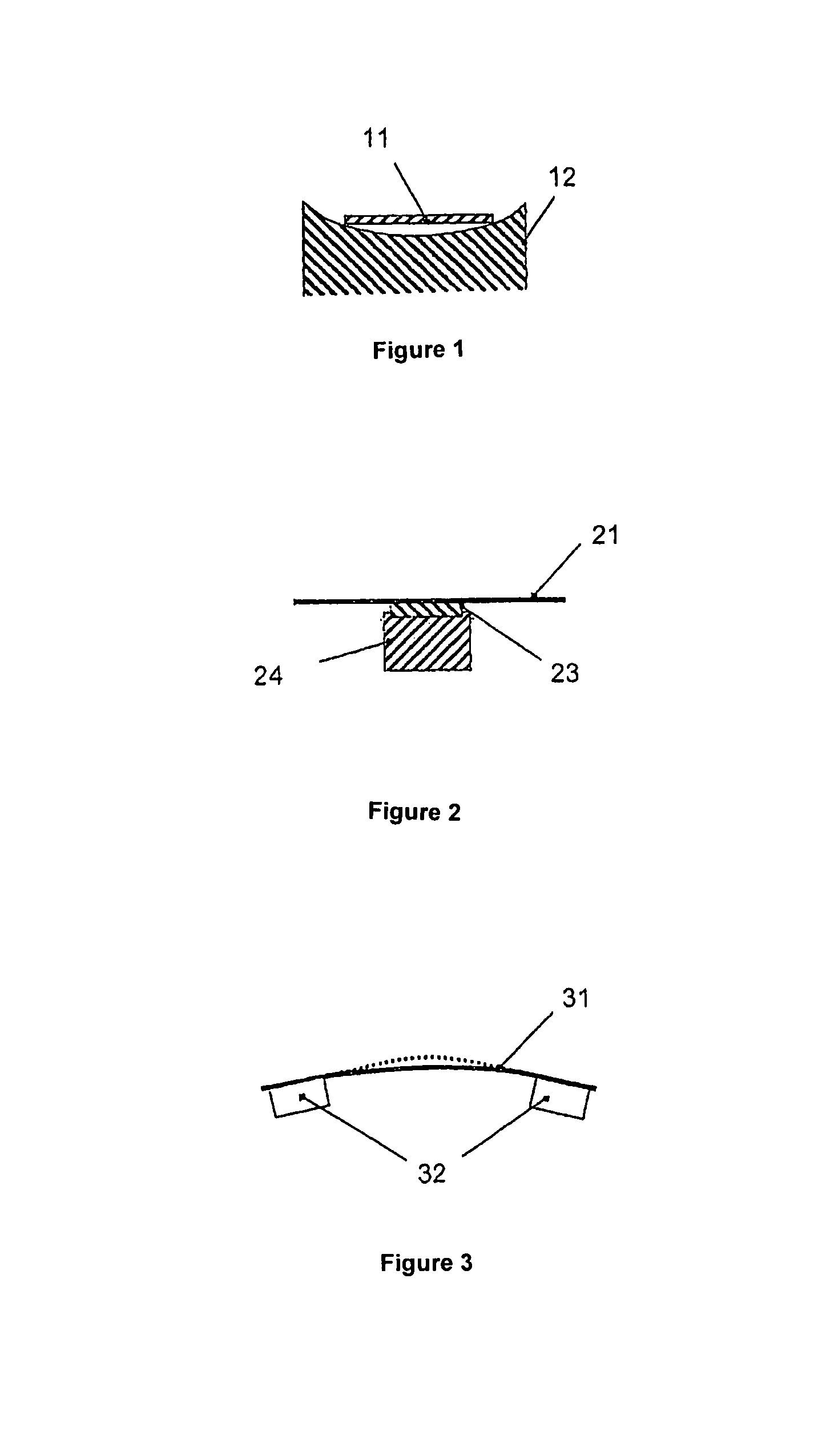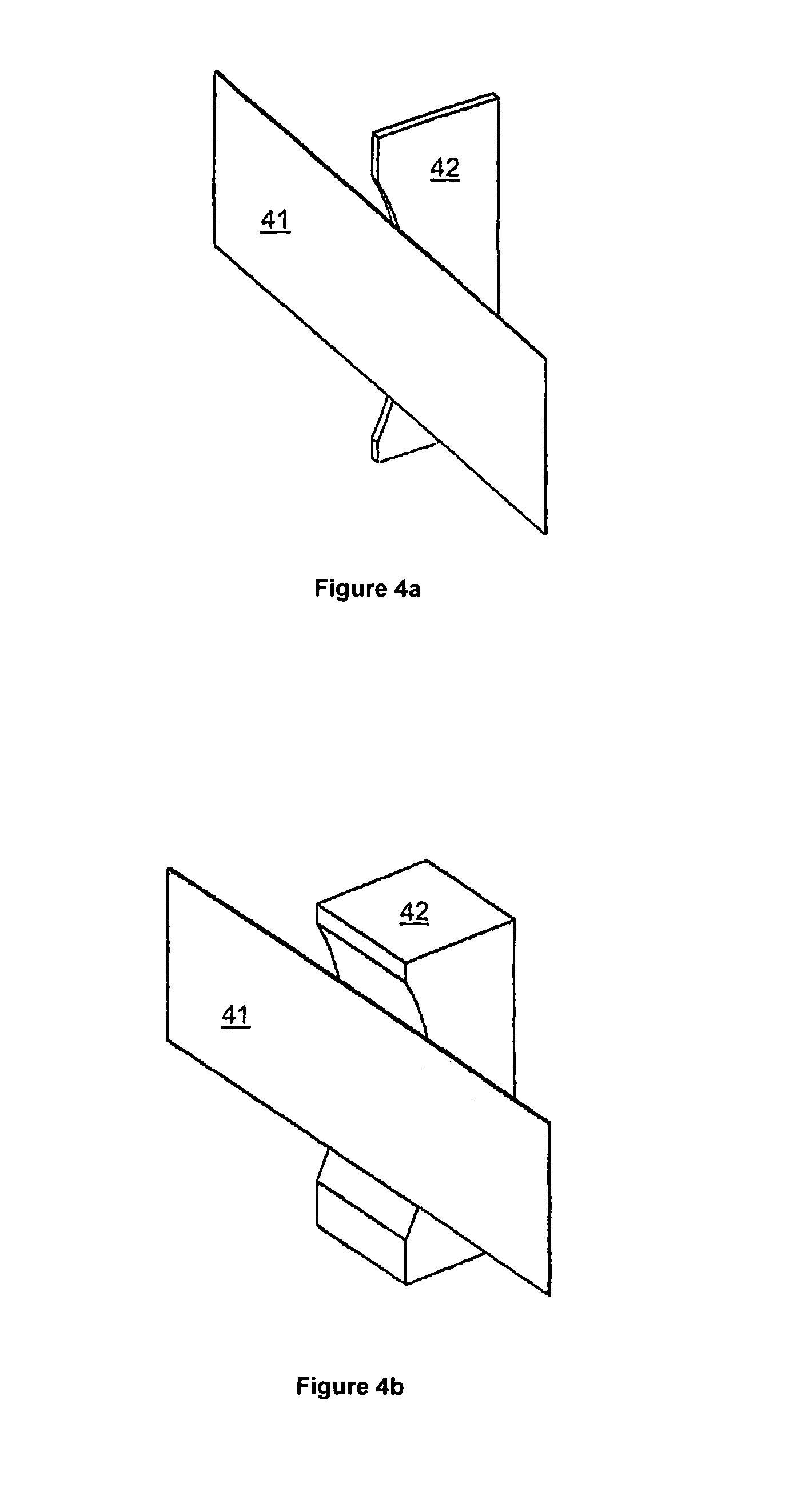Resistive current limiter
a resistive current limiter and resistive technology, applied in the direction of superconducting superconducting switchable devices, emergency protective arrangements for limiting excess voltage/current, non-adjustable resistors, etc., can solve the problem of very thin insulating buffer layer dielectric breakdown, low resistance, etc., to reduce the danger of micro crack formation, increase the radius of curvature, and stabilize against vibration
- Summary
- Abstract
- Description
- Claims
- Application Information
AI Technical Summary
Benefits of technology
Problems solved by technology
Method used
Image
Examples
Embodiment Construction
[0071]This section describes presently preferred embodiments of the invention in detail. Thereby the following definitions will be used:[0072]HTS: high temperature superconductor, here in the form of thin films[0073]CC: coated conductor, HTS-coated metal tape[0074]SFCL: superconducting fault current limiter[0075]tape conductor: here synonymous to conductor tape, the tape, and CC[0076]principal surfaces: major or main surfaces; the surface of the CC coated with the superconductor or the opposite surface[0077]edge regions: lateral surfaces of the tape including the edges and including possible margins without HTS coating;[0078]front surface: principal surface with HTS coating (in case of one-sided HTS coating)[0079]rear surface: principal surface without HTS coating (in case of one-sided HTS coating)[0080]tape sections: different sections of the tape which can touch each other or interfere with one another[0081]thermal deformation: elastic or plastic bending caused by differential the...
PUM
 Login to View More
Login to View More Abstract
Description
Claims
Application Information
 Login to View More
Login to View More - R&D
- Intellectual Property
- Life Sciences
- Materials
- Tech Scout
- Unparalleled Data Quality
- Higher Quality Content
- 60% Fewer Hallucinations
Browse by: Latest US Patents, China's latest patents, Technical Efficacy Thesaurus, Application Domain, Technology Topic, Popular Technical Reports.
© 2025 PatSnap. All rights reserved.Legal|Privacy policy|Modern Slavery Act Transparency Statement|Sitemap|About US| Contact US: help@patsnap.com



